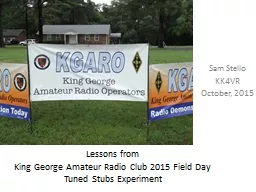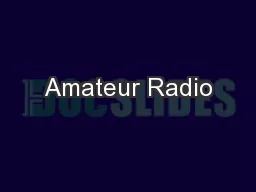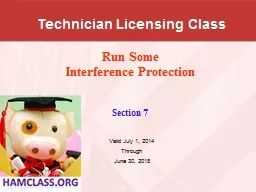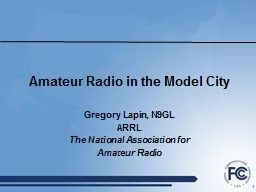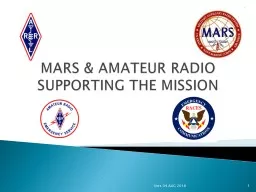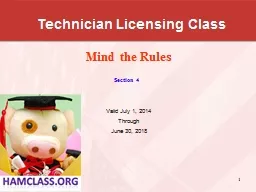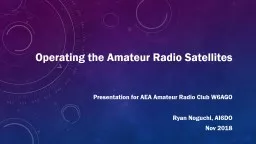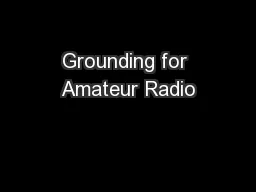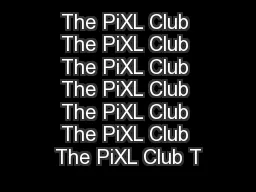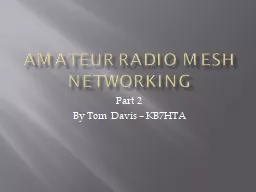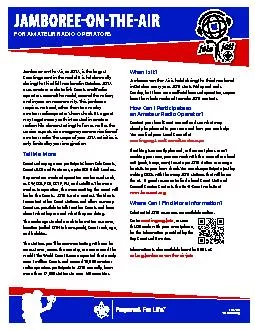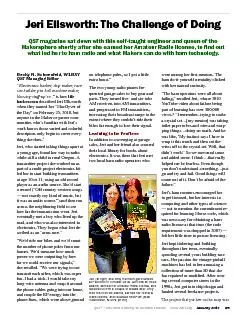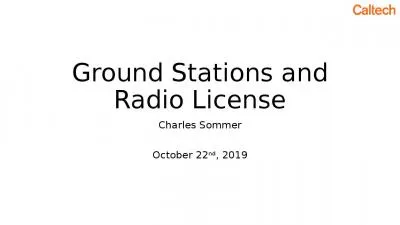PPT-Lessons from King George Amateur Radio Club 2015 Field Day
Author : pasty-toler | Published Date : 2018-11-09
Tuned Stubs Experiment Sam Stello KK4VR October 2015 Problem Statement The energy from a typical HAM radio transmitter when another radios antenna is in close proximity
Presentation Embed Code
Download Presentation
Download Presentation The PPT/PDF document "Lessons from King George Amateur Radio C..." is the property of its rightful owner. Permission is granted to download and print the materials on this website for personal, non-commercial use only, and to display it on your personal computer provided you do not modify the materials and that you retain all copyright notices contained in the materials. By downloading content from our website, you accept the terms of this agreement.
Lessons from King George Amateur Radio Club 2015 Field Day: Transcript
Download Rules Of Document
"Lessons from King George Amateur Radio Club 2015 Field Day"The content belongs to its owner. You may download and print it for personal use, without modification, and keep all copyright notices. By downloading, you agree to these terms.
Related Documents

